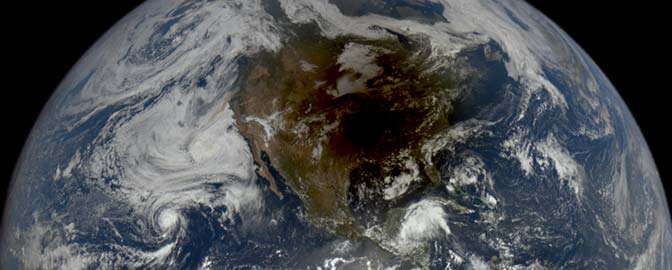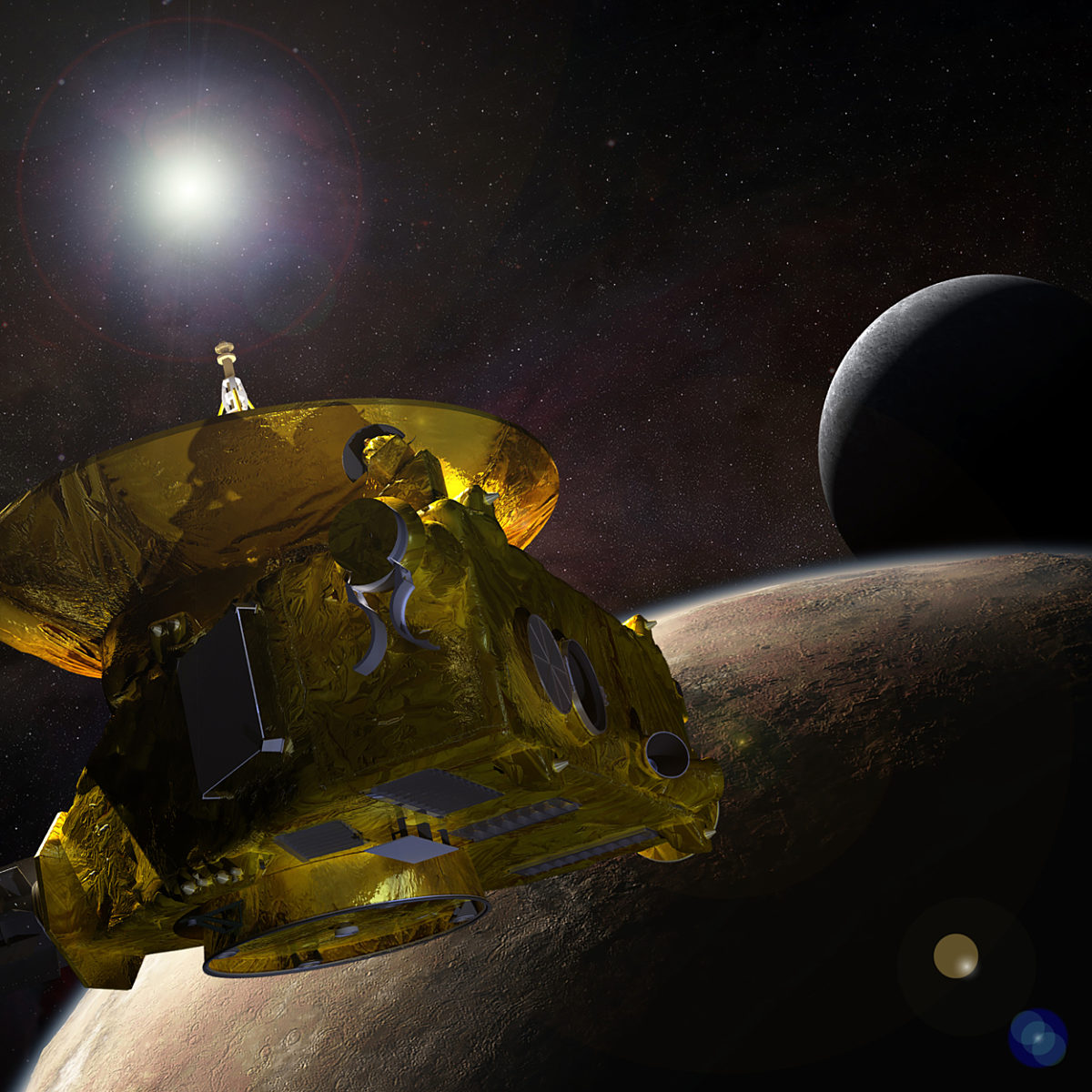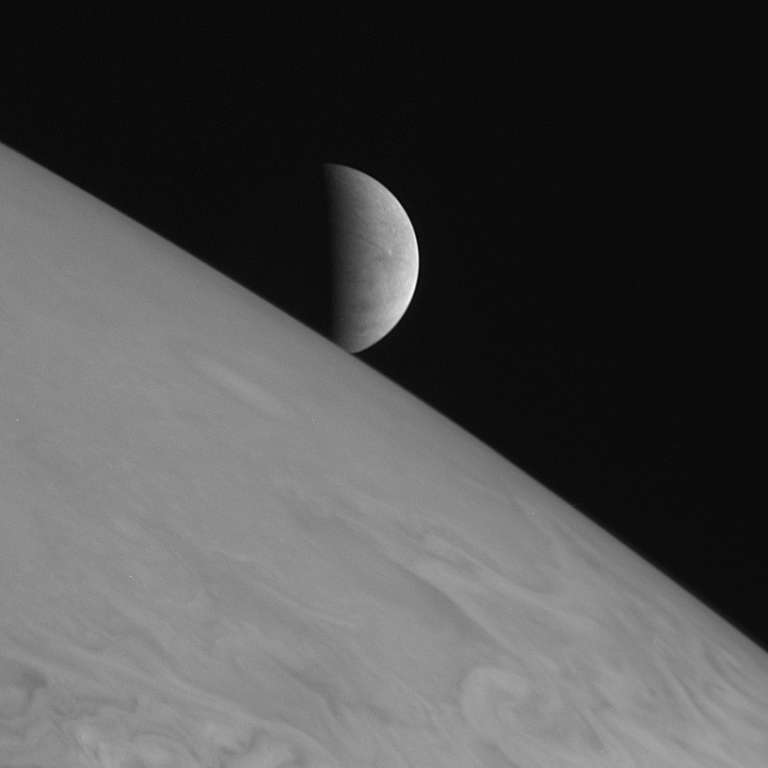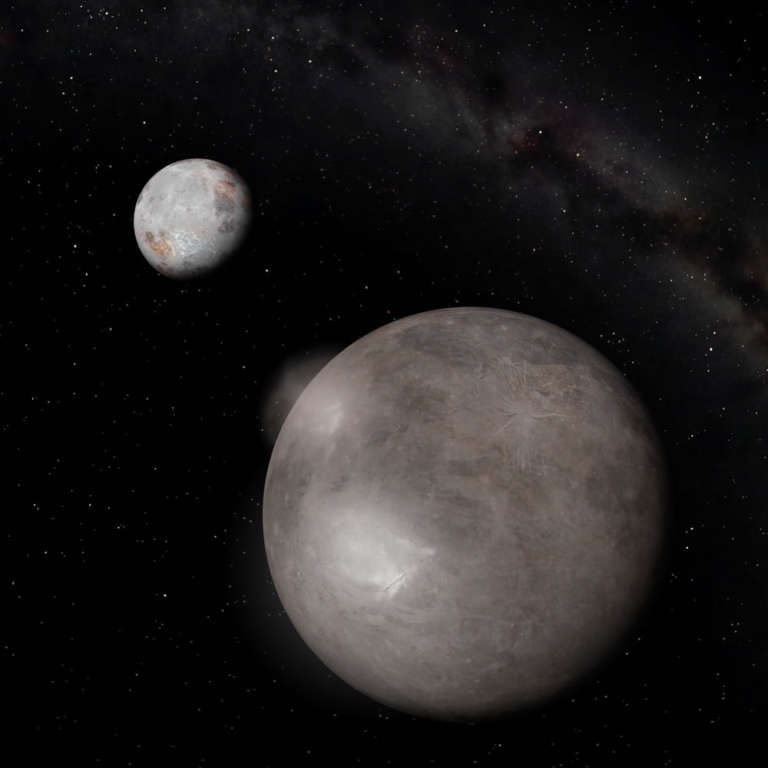All
All
Stories, updates, insights, and original analysis from The Planetary Society.
Pluto's atmosphere changes really fast!
Pluto's atmosphere has been a subject of fascination for planetary astronomers since -- well, since astronomers first discovered that it had an atmosphere in the early '90s. The interest is partly because it's fascinating that such a distant and cold world is capable of supporting an atmosphere, and partly because the presence of the atmosphere confounds all attempts to measure Pluto's size precisely.
A Planetary Society Trifecta
A Planetary Society trifecta -- that's what Neil Tyson calls this episode of his StarTalk radio show broadcast this week. His guests include the Society's Vice President, Heidi Hammel, and its Executive Director, Bill Nye, (along with the Society's friend, Steve Squyres, Principal Investigator for the Mars Exploration Rovers).
365 Days of Astronomy Podcast: What's in a Science Meeting?
Today the 365 Days of Astronomy podcast aired my contribution, What's in a Science Meeting?, about what scientists do at big meetings like the Division of Planetary Sciences.
Eris might be smaller than Pluto after all (but it's still more massive)
Several astronomers pointed their telescope at Eris to watch it pass in front of a background star. Occultations permit precise measurement of the diameters of distant, faint objects, and it turned out that Eris was much smaller than previously thought, so much so that its diameter may turn out to be the same as, or even smaller than, Pluto's.
DPS 2010: Pluto and Charon opposition surges, Nix and Hydra masses, Pluto and Eris compositions
An awful lot of the talks in the Pluto session on Tuesday morning, October 5, at the Division of Planetary Sciences meeting spent more time focusing on how bad weather conditions were during the astronomers' attempts to view Pluto as it occulted background stars than they did on any measurements or science that came out from the data.
Hubble turns 20
Tomorrow is the 20th anniversary of the launch of the Hubble Space Telescope. It's hard to believe it's been going strong for so many years.
Programming Note: The Pluto Files
This is just a brief note to advertise this evening's edition of NOVA on public television here in the U.S. The show is
New maps of Pluto show pretty amazing amounts of surface change
I just posted my writeup of today's press briefing on a new map of Pluto produced from Hubble images. The main conclusion was that Pluto has shown an astonishing amount of changes across its surface between 1994 and 2002 -- more, in fact, than any other solid surface in the solar system.
Report #1 from the New Horizons Science Team Meeting
The New Horizons science team is meeting this week. Ted Stryk was invited to attend the meeting, and he sent the following notes from the first day.
Ever Plan Ahead? How About Six Years Ahead?
Despite still being more than six years and just over 18 Astronomical Units from the Pluto system, the project team for New Horizons is conducting the second and final portion of our Pluto Encounter Preliminary Design Review (EPDR) tomorrow and the next day.
Frame a Pluto portrait
As New Horizons continues its journey (it's now approaching the orbital distance of Saturn, though it's very far from that planet in space), the mission is taking advantage of the recent experience with the Jupiter flyby to plan out the science operations for the Pluto-Charon encounter.
Yet another active world: Charon
I've just posted a news story on a recently published paper that suggests that Pluto's moon Charon may have active ice volcanoes.
Bedtime for New Horizons
According to the mission website, the New Horizons spacecraft has drifted off to sleep, entering its
New Horizons spots Pluto!
Yesterday the New Horizons team released a flicker animation showing the spacecraft's first sight of Pluto, using the LORRI long-range imaging instrument.
Suggestions for names of Pluto's moons
I received quite a number of emails containing suggested names for Pluto's moons -- thanks! I just sent all the suggestions to Alan Stern; here they are for everybody's enjoyment.
Speaking of Pluto...
I just posted today's installment of Planetary Radio, in which Mat Kaplan gets an update on New Horizons from Principal Investigator Alan Stern-- check it out!
An official pronouncement may be coming about the "what is a planet?" debate
Since the discovery of 2003 UB313, larger than Pluto, there's been a lively debate going on in many places about what makes a planet. There's now an article in Nature talking about a proposal that would address the controversy
Pluto: The Discovery of a Planet
To mark the 75th anniversary of the discovery of the planet Pluto, The Planetary Society presents to its readers the remarkable story of the discovery.
The Discovery of a Planet, Part 6: From Pluto to Sedna
74 years after Clyde Tombaugh discovered Pluto as a faint dot on a pair of photographic plates, a modern group of astronomers made another remarkable discovery. On March 15, 2004, Michael Brown of Caltech, Chad Trujillo of the Gemini Observatory, and David Rabinowitz of Yale announced the discovery of Sedna – the furthest object ever detected in the Solar System.
The Discovery of a Planet, Part 5: The Aftermath
The discovery of Planet X was announced to the world on March 13, 1930, which marked the anniversary of William Herschel’s discovery of Uranus in 1781 as well as Percival Lowell’s birthday. The observatory’s communiqué emphasized that the discovery was no coincidence, but the vindication of Lowell’s predictions made years before.


 Explore Worlds
Explore Worlds Find Life
Find Life Defend Earth
Defend Earth


 Sun
Sun Mercury
Mercury Venus
Venus Earth
Earth Mars
Mars Jupiter
Jupiter Saturn
Saturn Uranus
Uranus Neptune
Neptune Small Bodies
Small Bodies











